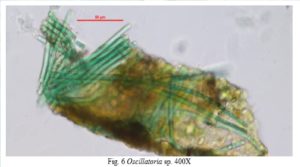There’s a Fungus Amongus!
Chunks of wet toilet paper floating in the pool. That’s probably the most accurate description for what these semi-transparent floating globules of loogie look like. Like black algae, this is one of those things that is often misdiagnosed. Also like black algae, there is not very much information on swimming pool white water mold. That just makes it all that much more challenging.

So What is it Really?
I’m assuming you mean aside from being a pain in the ass. It is actually a biofilm with the primary constituents being Saprolegnia spp. and Chytridomycota. Both are Protista with fungus-like characteristics. So white water mold can not be mold because mold is in the fungus family, just like how Black algae is neither black nor algae. But, that is where the similarities end.
Hey wait a minute, aren’t algae protists?
Saprolegnia spp. is filamentous just like actual mold which makes it misleading by appearance. Chytridomycota which also has fungus/bacteria like properties is actually a one-celled organism more similar to an amoeba. So, just as we had learned earlier that Cyanobacteria is a phototroph containing chlorophyll that may lead some to believe it is algae. Even Oomycota, the phylum which Saprolegnia spp. belongs to, means “Egg Fungus” and are referred to as water molds. So, yet another misnomer in pool industry terminology.
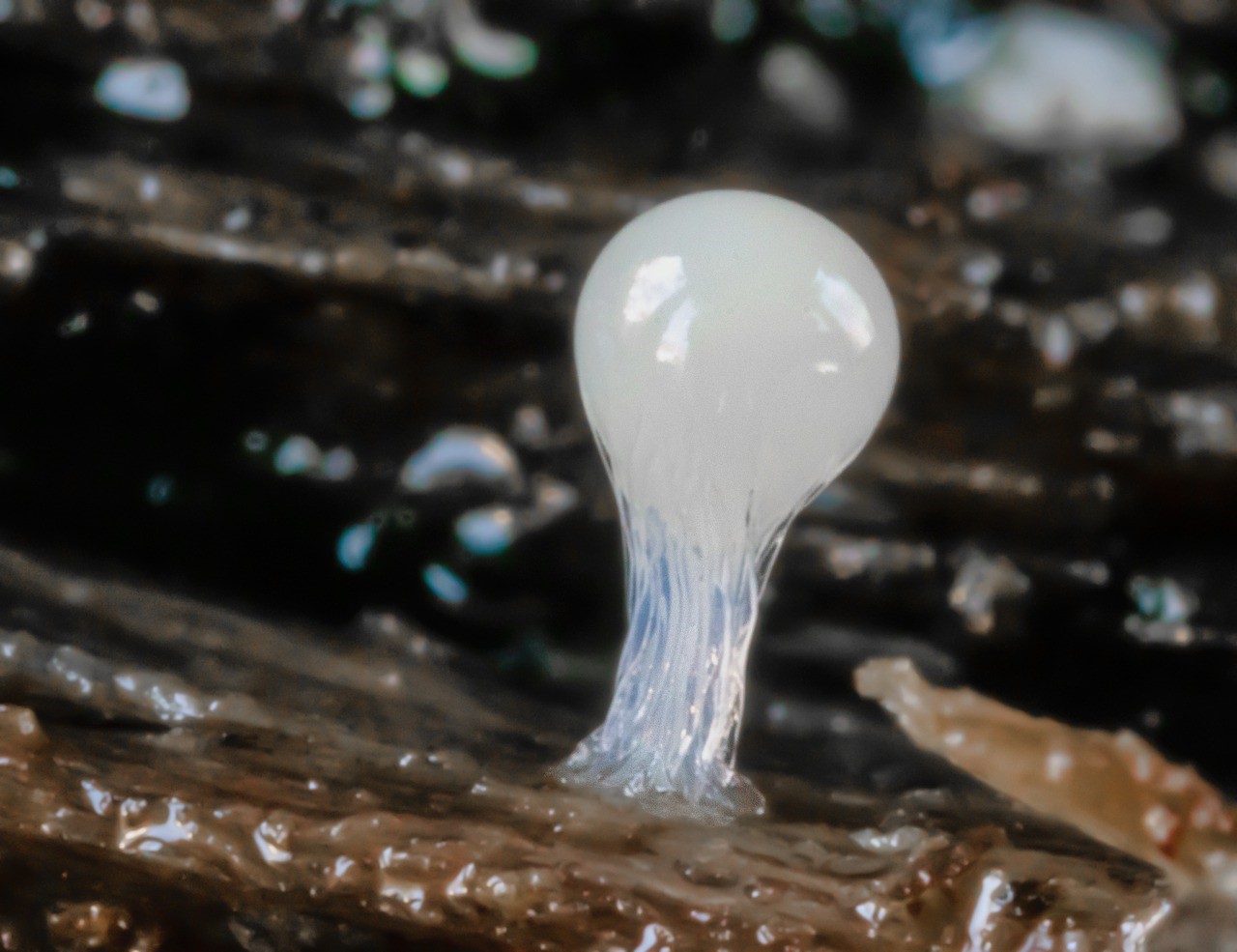
Why is it growing in my pool?
These glops of translucent gak are parasitic. That means there is some decaying matter somewhere in the system that is serving as a buffet. This also explains why the occurrence is typically limited to poorly maintained swimming pools. Keep in mind that this does not mean the water needs to be green, just that there is likely some decaying organic matter somewhere in the system. The plumbing or your filter could easily be the source depending upon type, configuration, and maintenance schedule.
What about Pink Algae?
Pink Algae, or sometimes called Pink Slime, is even rarer of an occurrence than white water mold. So why are we bringing it up here? Well, I chose to plop it right in the middle of this section because it is all really one and the same. Huh? Like we mentioned above, WWM is actually a biofilm, and biofilms will and do harbor many other things, such as bacteria. Methyolbacterium is one of those bacteria that often find themselves seeking protection in the cellulose/glucose protection offered by white water mold and it does just happen to turn the biofilm pink. The pinker the color, the more bacteria are on board.
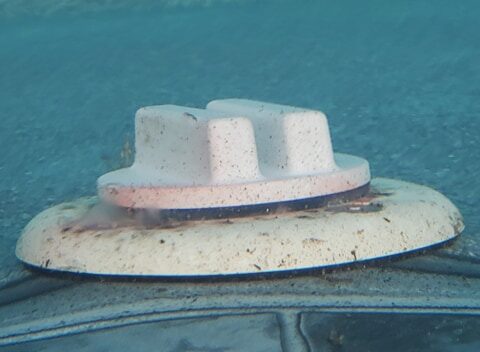
Is it Harmful?
The answer here is yes and no. Often the major constituents in a biofilm are not the major concern. Still, that does not mean that there cannot be things that take harbor within the biofilm that is of concern. For example, Legionella spp. is an example of a bacteria that is often found in biofilms similar to white water mold that can be harmful.
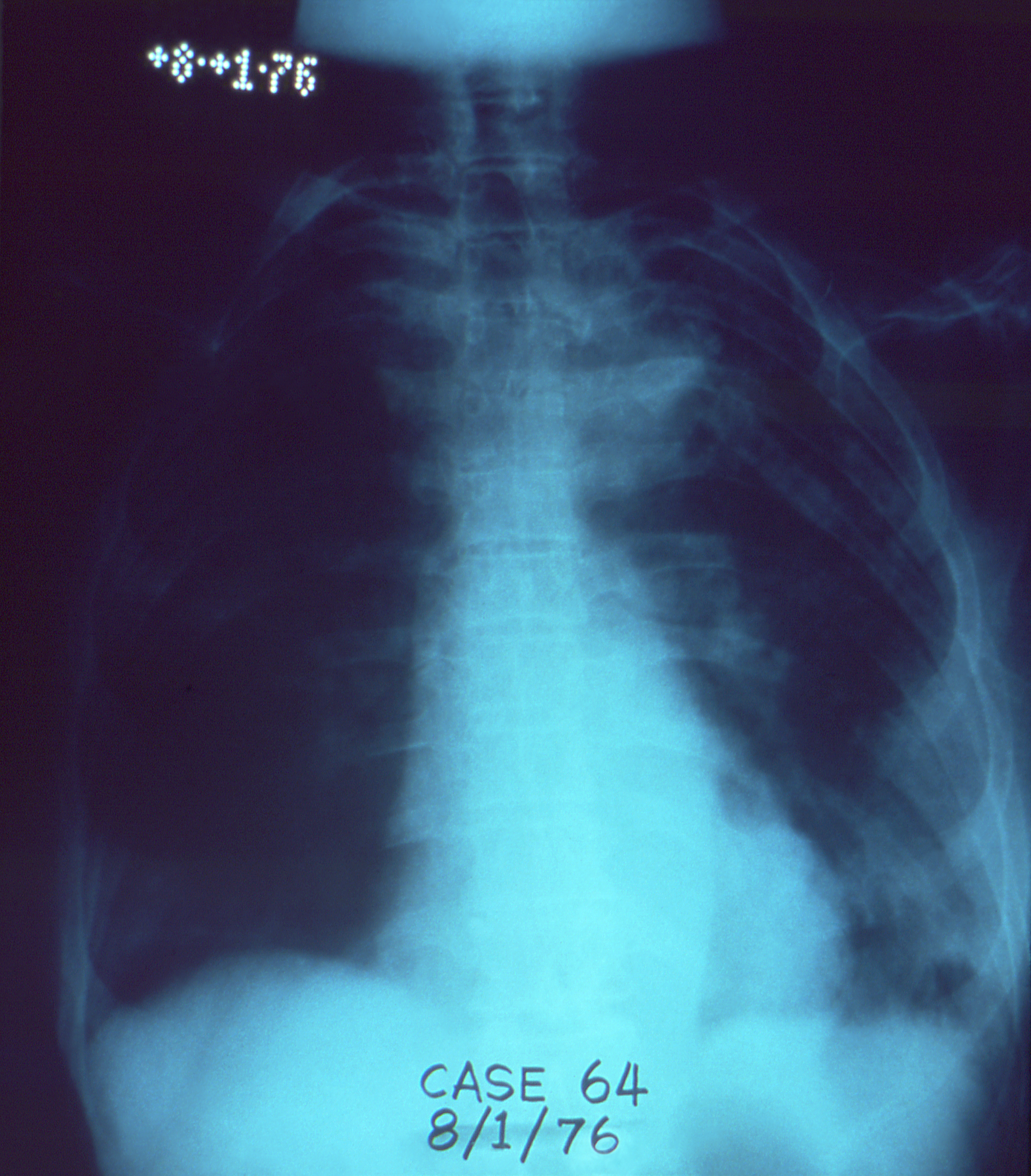
The scariest of all Pool Illnesses
Legionella spp. is a pathogenic group of bacteria that can be found in naturally occurring bodies of freshwater. One of the species included in this group is L. pneumophilia which is of particular concern. This, for me, is one of the scariest of recreational water illnesses.
First discovered in 1976 in Philadelphia, members of an American Legion hall had traveled to attend an event celebrating the country’s bicentennial. Over two hundred people became ill at this event and thirty-four members had died. Because this was the first known case, as the cause of death was investigated the illness was named for the legionnaires who had passed away.
Where does Legionella come from?
Legionella pneumophilia can convert to either Pontiac fever or Legionnaires disease, Legionnaires being the more serious of the two. As it is found in freshwater environments, a poorly maintained swimming pool or spa makes the perfect home, as do fountains, water towers, AC units, etc. The way one contracts legionella is by inhaling mist from a contaminated body of water.

Can you get this from swimming too soon after you eat?
So, a swimming pool is usually not a threat unless it has some type of water feature. A spa, fountain, or splash pad is a whole different story. Anything that throws water into the air could be a potential threat. Sadly Legionella pneumophilia has one of the highest mortality rates of anything we deal with. Even scarier is that because this is contracted by inhaling contaminated mist this means you do not even have to get into the water for Legionella spp. to be a threat – you need only walk past it.
Lucky for us, Legionella pneumophilia is easily destroyed when a swimming pool water chemistry is in the recommended guidelines. That is unless it has taken harbor in something that can protect it, like WWM.
Okay, but this can’t grow in Chlorine pools, right?
WWM definitely occurs more frequently in swimming pools utilizing PHMB (polyhexamethylene biguanide) than it does in pools that utilize chlorine as a disinfectant. However, chlorine pools are not immune to it. PHMB is a polymer that is used as a disinfectant and antiseptic and includes periodic additions of Hydrogen peroxide (H₂O₂) as an oxidizer. FYI: Chlorine and PHMB do not play well together.

How do we kill White Water Mold?
No lie, this stuffs a sonofabitch to get rid of. The biofilm the Saprolegnia spp. and Chytridomycota create is comprised of cellulose, glucans, and chitin. As we learned with black algae, the secretions intended for protection do a fantastic job making it highly chlorine resistant.
We have discussed copper sulfate ad nauseam already in Black Algae Copper Experiment. So, I do not see a need to revisit that. The important takeaway on that one is that metallic algaecides are extremely effective at lysing (disruption of cell walls) bacteria. Others have had success with 1,3-dibromo-5,5-dimethylhydantoin Bromine tablets, which only produce hypobromous acid.
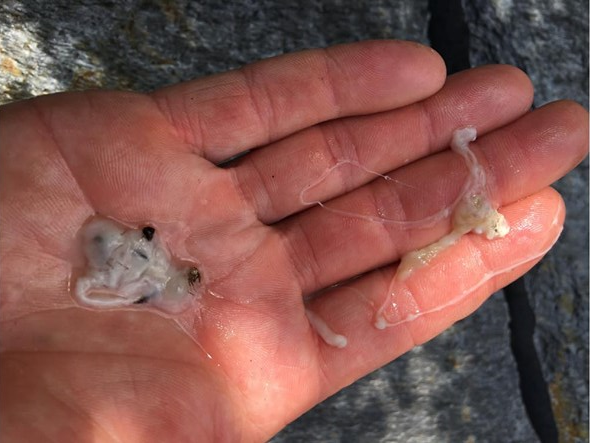
Ultraviolet Radiation and O₃
UV radiation and/or Ozone are the clear winners in WWM remediation. Ozone faring the best when dosed at a rate of 0.50 mg/l. However, these means of oxidation are generated by installed generators so some foresight would have been necessary here. I would install one, the other, or both as the treatment anyway.
It may add a few days onto our floating TP snot, but what’s a few days if we can ensure that it does not occur again. Of course, nothing is a guarantee, but adding ozone or UV will make the odds of reoccurrence much less likely. Do remember using Bromine with Ozone or UV is a big no-no. What Do 96,000,000 Black Balls and Your Swimming Pool Have in Common?
| Come see ? what it’s all about | |||||||
|
|||||||
https://www.cdc.gov/legionella/about/causes-transmission.html
https://pubchem.ncbi.nlm.nih.gov/compound/bronopol
https://microbewiki.kenyon.edu/index.php/Oomycota
https://www.sciencedirect.com/topics/veterinary-science-and-veterinary-medicine/saprolegnia
https://ec.asm.org/content/1/1/105
http://EzineArticles.com/1302592
https://www.wisegeek.com/what-is-water-mold.htm





